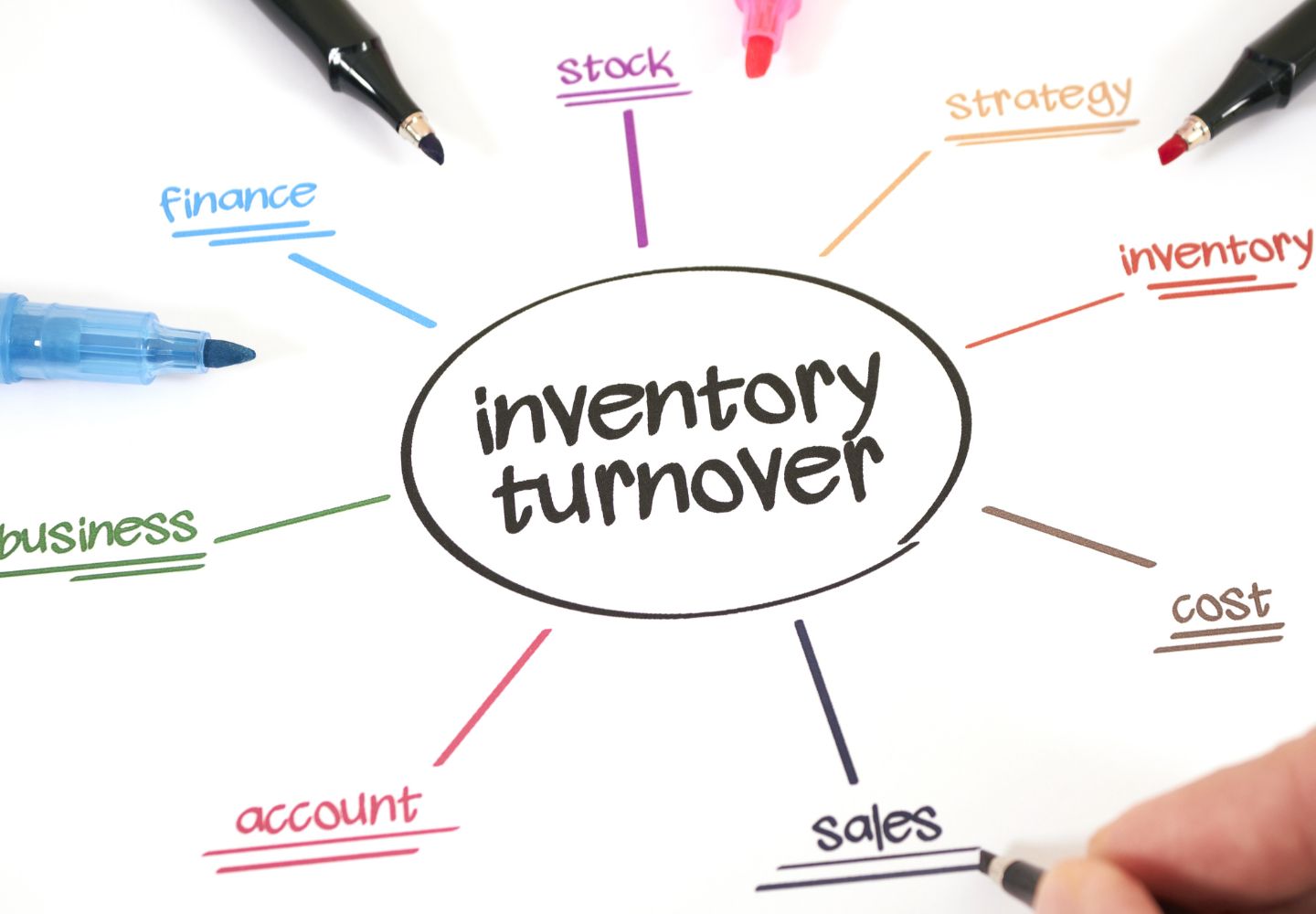Hey there, fellow business enthusiasts! Today, we’re diving deep into the fascinating world of inventory management and exploring the magic behind “inventory turns.” If you’ve ever wondered how businesses efficiently manage their stock, optimize cash flow, and boost profitability, you’re in for a treat.
Understanding Inventory Turns: A Key Performance Indicator
So, what exactly are inventory turns?
Imagine this: You own a retail store filled with all sorts of goodies. Now, the goal isn’t just to have these goodies sitting pretty on the shelves but to ensure they are constantly in motion – bought, sold, and replenished. This motion, my friends, is what we call “inventory turns.”
Inventory turns (also known as inventory turnover) is a key performance indicator that measures how efficiently a company manages its inventory. In simpler terms, it tells you how quickly your stock goes from being purchased to being sold. The formula for this is pretty straightforward:
Inventory Turns = Cost of Goods Sold (COGS) / Average Inventory Value
Benefits of Optimizing Inventory Turns for Your Business
Here’s why understanding and harnessing the power of inventory turns is so crucial for businesses of all sizes:
- Cash Flow Management: Imagine tying up your entire budget in inventory that’s just sitting there, collecting dust. That’s a recipe for financial disaster. High inventory turns mean your cash isn’t stuck in your warehouse but is free to invest elsewhere, like marketing or expanding your product line.
- Reduces Holding Costs: Holding onto inventory costs money – storage fees, insurance, and the risk of obsolescence. When you focus on improving inventory turns, you naturally reduce these holding costs, boosting your bottom line.
- Improved Forecasting: Regularly calculating inventory turns allows you to spot trends and patterns. This means better forecasting, which in turn means ordering the right amount of stock at the right time. No more overstocking or understocking!
- Customer Satisfaction: Empty shelves and long lead times are not good for business. Maintaining a healthy inventory turnover rate ensures you can meet customer demand promptly, keeping your customers happy and loyal.
- Supplier Negotiations: When you’re a valuable customer who buys regularly and accurately, suppliers might offer you better terms, discounts, or priority shipments. This strengthens your supply chain and saves you money.
- Higher Profit Margins: By reducing the costs associated with slow-moving or obsolete stock, you can increase your profit margins. This is especially crucial for businesses with tight margins.
- Strategic Decision-Making: High inventory turns can help you identify which products are your stars and which are your dogs. You can then make informed decisions about which products to focus on and which to discontinue.
But, hold on, don’t rush to increase inventory turns recklessly. It’s a balancing act. Too high, and you risk stockouts and unhappy customers. Too low, and you’re sitting on idle assets. The ideal rate depends on your industry and business model. Mike Bachara from Pro Count West has some good advice when considering inventory turns for your business.

Strategies to Enhance Inventory Turnover and Boost Profits
So, how do you harness this power for your business?
- Regularly Calculate Inventory Turns: This is your starting point. Track your COGS and average inventory value consistently to calculate your inventory turn rate. Aim to improve it over time.
- Fine-Tune Your Forecasting: Invest in robust inventory management software to help you make data-driven decisions and forecasts. The better you can predict demand, the smoother your inventory turns will be.
- Optimize Supply Chain: Streamline your supply chain processes to reduce lead times. Faster access to goods means you can keep inventory levels lower without risking stockouts.
- ABC Analysis: Categorize your inventory into A, B, and C groups based on their importance. A items are high-value and high-demand, while C items are low-value and low-demand. This helps prioritize your focus.
- Supplier Relationships: Strengthen relationships with key suppliers. Negotiate favorable terms and explore options like Just-in-Time (JIT) inventory to improve turns.
- Inventory Audits: Regularly audit your inventory to identify slow-moving or obsolete items. Consider discounting or liquidating such stock to free up cash.
In conclusion, inventory turns are like the heartbeat of your business. Understanding and optimizing them can lead to healthier finances, happier customers, and ultimately, business success. So, roll up those sleeves and start turning that inventory magic into gold for your business!
About BStock2Cash Inc.
Our website is a business-to-business multi-vendor marketplace for Custom Integration and Electrical contractor channels. A secure platform for dealers and contractors to buy and sell overstocked and open-boxed items with peer companies without the need to send inventory to a consignment warehouse, which adds cost and is certainly bad for the environment. Users can explore what is offered on the site but to see pricing and communicate with store owners you must be an approved registered user. This protects markets for manufacturers and dealers alike along with the manufacturers’ brand.

0 Comments for “Unveiling the Magic: The Power and Importance of Inventory Turns”